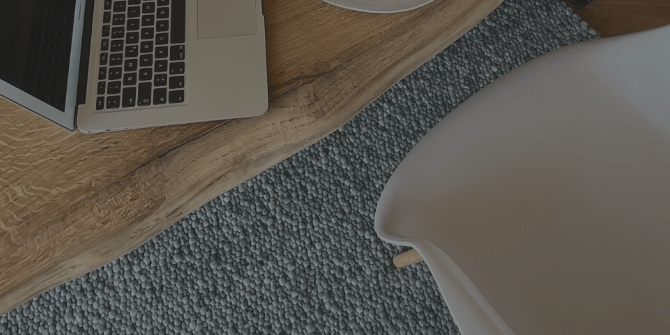
Hypoallergenic Carpets to Keep Your Home Cozy and Healthy
2022/05/01
People who suffer from allergies are usually told to stay away from rugs. After all, textile flooring offers a perfect breeding ground for dust and mites – or so they say. But does that actually hold true? Do people with allergies really have to ban any kind of rug from their home? Or is there such a thing as a “hypoallergenic carpet” that bears no health risks?
1. When can carpets pose a risk for allergy sufferers?
2. Do you need to get rid of carpets to stay allergy-free?
3. Which are the best carpets for allergy sufferers?
4. Beyond the carpet: tips for allergy-friendly homes
When can carpets pose a risk for allergy sufferers?
If you suffer from symptoms such as a blocked nose and frequent sneezing over a long period, you should always consult with your doctor first. This way, you’ll quickly find out if it’s just a normal cold – or if you should consider replacing your carpet with a hypoallergenic one.
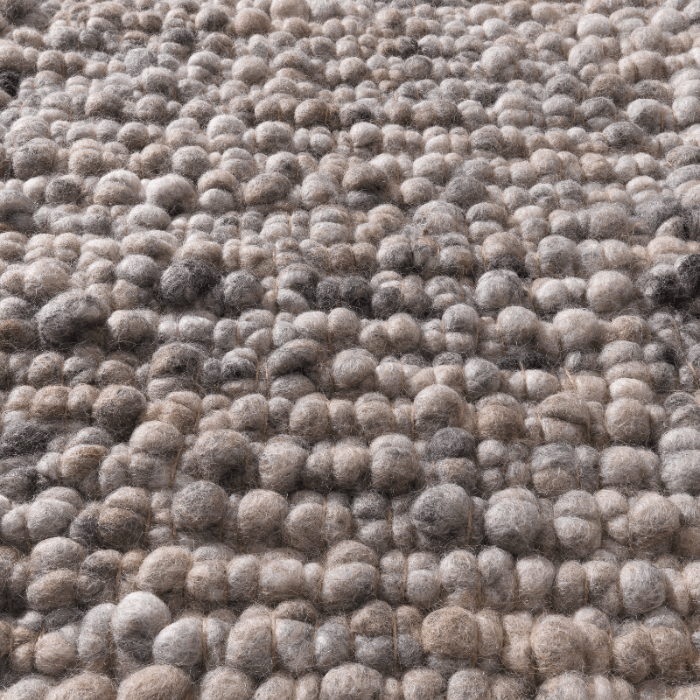
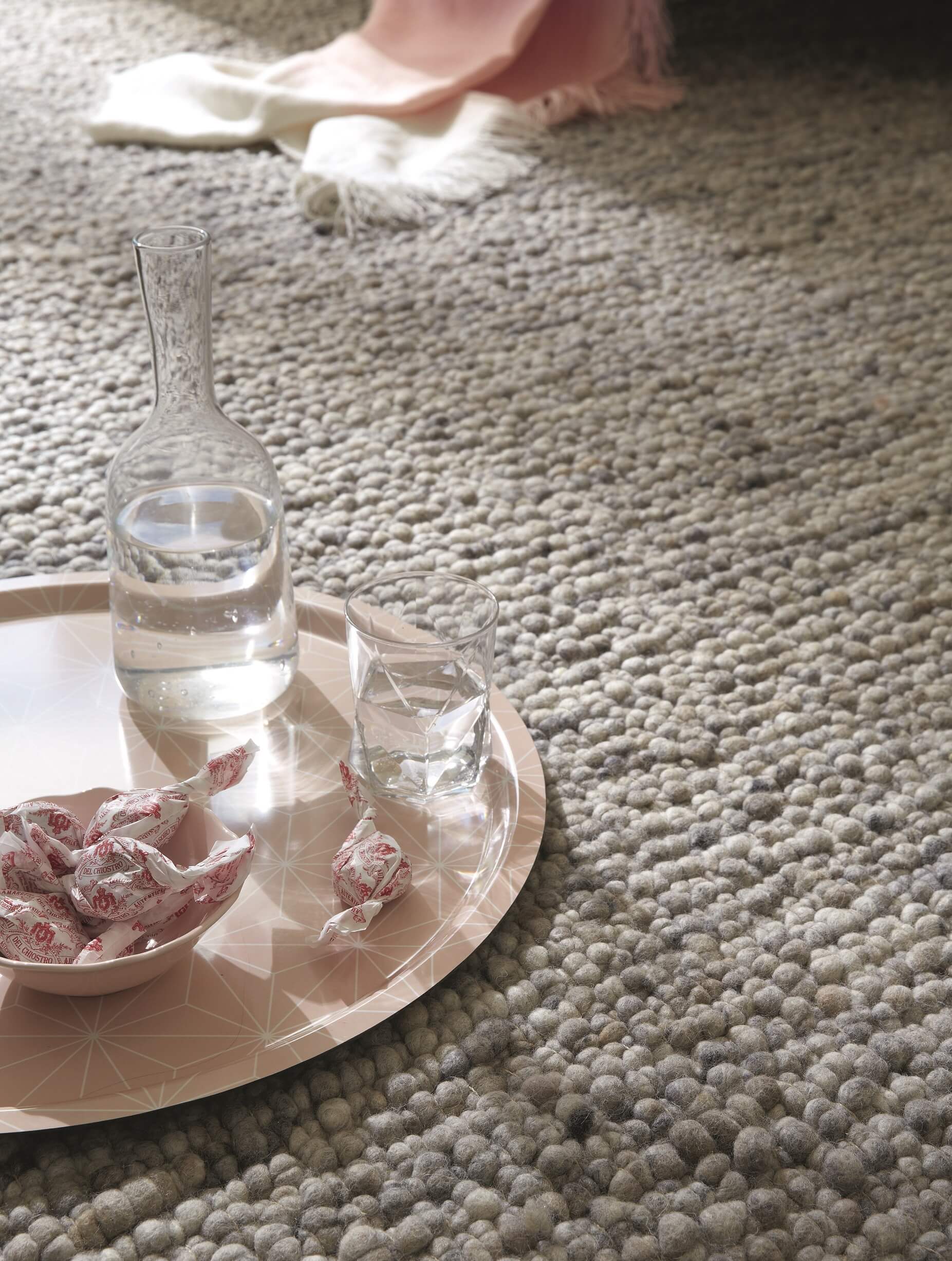
Do you need to get rid of carpets to stay allergy-free?
But tiles or laminate are not the only options for allergy sufferers. In fact, dust gathers on literally every kind of material – whether it be textiles, wood, or ceramic. Whereas carpets absorb dust in their fabric, smooth surfaces help to whirl dust up into our airways. Tiles, laminate, and parquet flooring is therefore no more hypoallergenic than regular carpets – unless you wipe it with a wet cloth at least three times a week. But this doesn’t mean that every rug automatically turns into a dust trap!
Which are the best carpets for allergy sufferers?
Even if you’re allergic to dust mites, you can still furnish your home with beautiful rugs. Flat-woven and short-piled variants are a good choice for warm, comfortable floorings. Their fabric absorbs dirt and reduces the amount of fine dust in the air. For this reason, hypoallergenic carpets with short fibers can also be used in children’s rooms. Another benefit: They are particularly easy to clean.
Apart from the fibers’ length, the material plays an essential role. The best rugs for allergy sufferers are mostly made from natural resources, including:
- cotton
- hemp
- jute
Synthetic materials, on the other hand, are a lot easier to maintain. You should however consider that chemical agents used for carpet care might also trigger allergies. More information about the sustainable treatment of handmade rugs can be found in our clearance certificate.
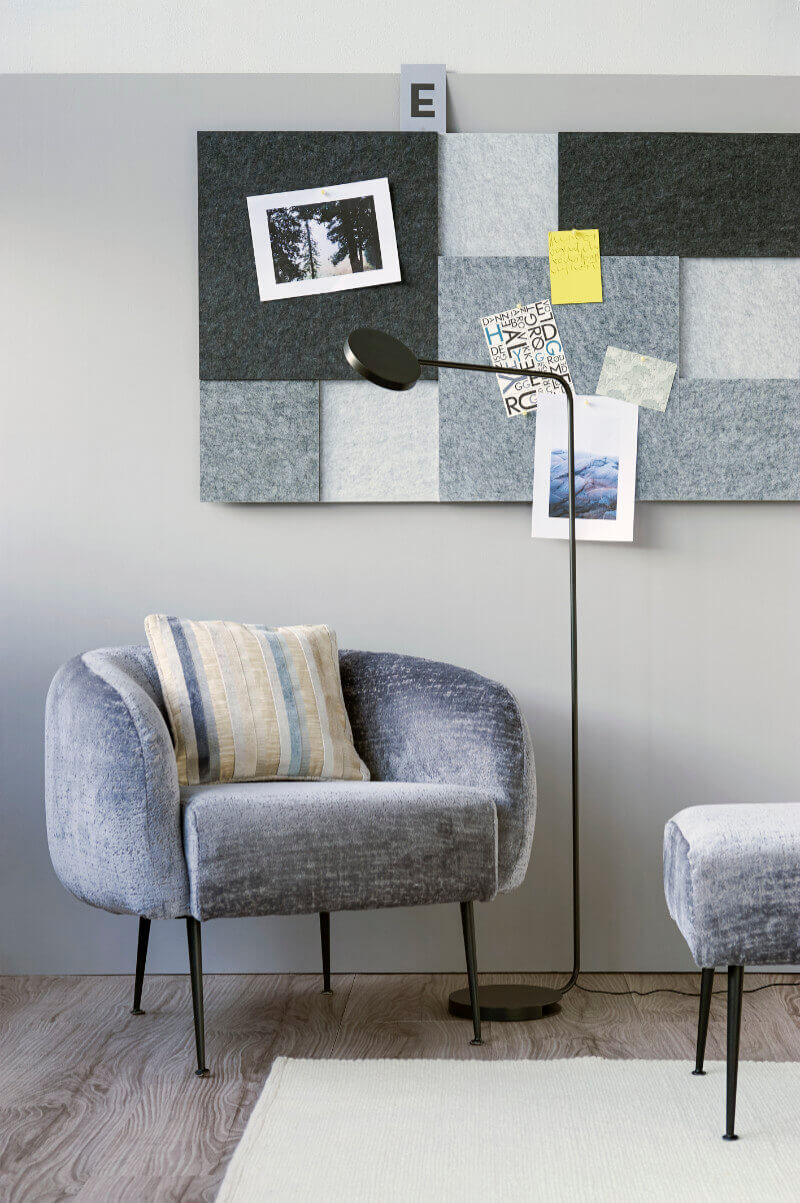
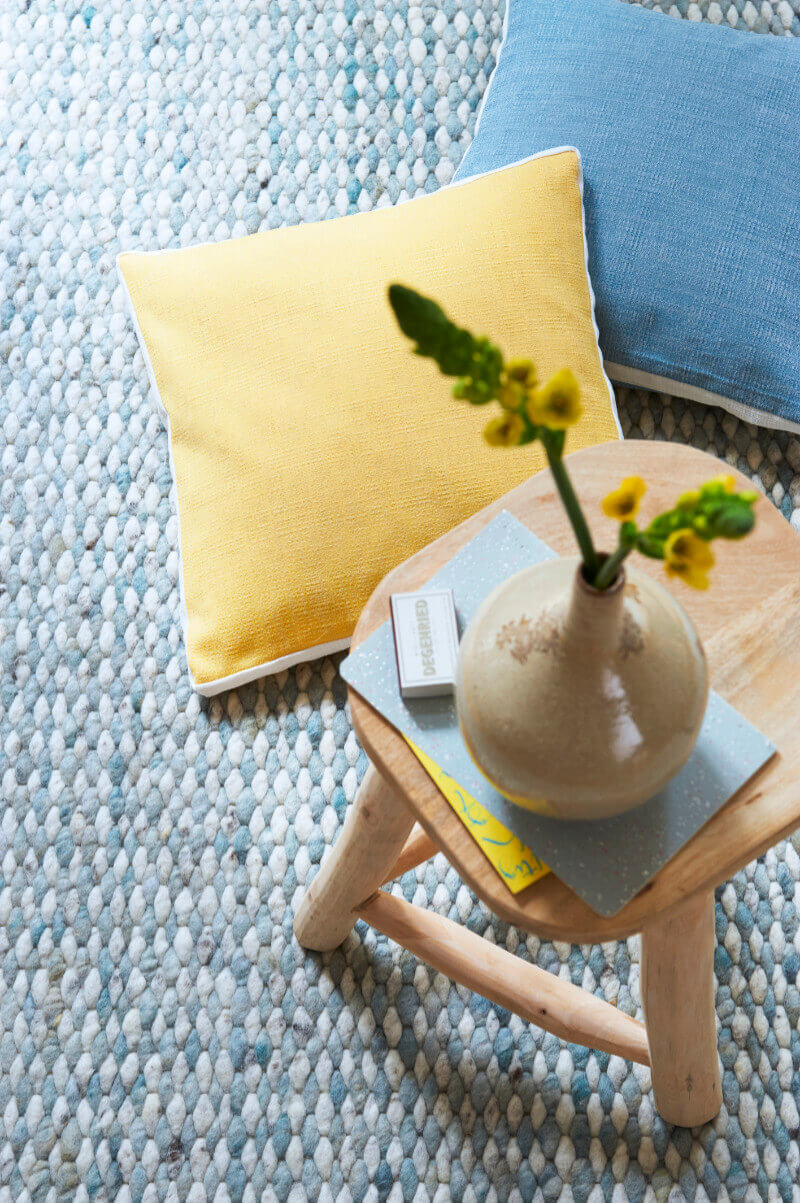
Beyond the carpet: tips for allergy-friendly homes
Besides furnishing your living space with hypoallergenic rugs, there’s a lot more you can do to improve your indoor climate. If you or someone in your family is sensitive to dust (and mites), we recommend the following measures:
- Vacuum-clean the floors on a daily basis.
- Use a HEPA filter (short for high-efficiency particulate air filter).
- Have your vacuum cleaner bag exchanged by someone who doesn’t suffer from allergies. - Opt for anti-mite bed sheets and change them frequently.
- Clean upholstered furniture thoroughly and regularly.
- Cut down on decorative knick-knacks, pillows, and soft toys.
Of course, your home will never be entirely dust- and mite-free. But a few healthy routines, combined with hypoallergenic carpets, go a long way in minimizing unpleasant symptoms. Provided that you choose the right materials, a rug can turn any room into an allergy-friendly comfort zone.
You would like to buy a new carpet that fits your interior and lifestyle perfectly? Our step-by-step guide tells you everything you should consider before a purchase – from size and structure to design and treatment.

